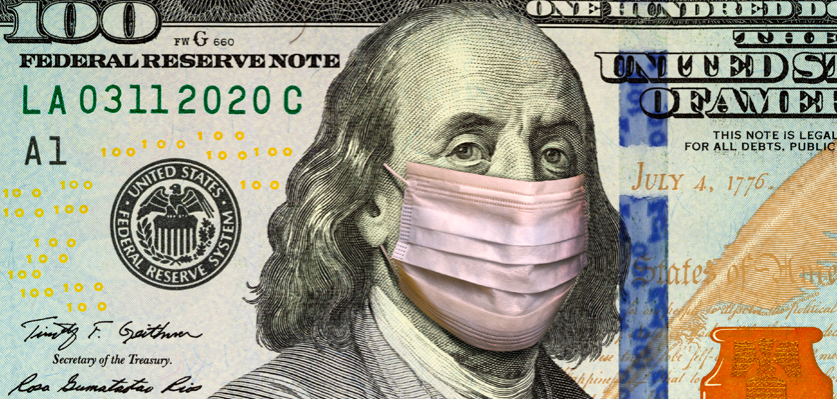Inflation: Its Basics and Current State
April 28, 2021
Inflation is an economic term describing when the price of goods and services increases over time, generally measured over a one-year period. This year, as the nation battles COVID-19, many fear escalated inflation levels.
Escalated inflation rates can be problematic for many reasons: higher cost of food, higher labor costs, and an overall increase in the cost of living. Aside from the general economic and market uncertainty, those with fixed salaries and cash-savings are most hurt by inflation since their income is not in line with inflation. Companies are also impacted as inflation brings higher interest rates to businesses.
How Inflation is Calculated:
The Labor Department releases its monthly Consumer Price Index which details the average prices for consumer goods and services. There are also many subcategories including food, gasoline, and medical care services. The most recent CPI can be accessed here.
From this report, economists analyze and compare the monthly CPI’s. They are then able to calculate the rate of inflation in both the short term and long term.
Causes of Inflation:
Internal and external factors can cause inflation. Internally, a large surge in property prices, higher wages and labor costs, a boom in credit or monetary supply, and rise in business tax among other things. External factors of inflation include an increase in global gas/oil prices, inflation in other nations or in global commodity prices, and depreciation of the exchange rate.
Year-over-year, the United States’ inflation rate in January 2020 was 2.5% compared to 1.4% in January 2021. The Federal Reserve, and Chairman Jerome Powell, typically target for a 2% inflation rate at a given time.
COVID-19 and Inflation:
The inflation rate is low because of the COVID-19 pandemic which heavily disrupted the economy. Americans have been cutting back on spending as the unemployment rate has risen. In response to the pandemic, beginning in March 2020, the United States Government passed numerous financial relief bills so the economy could remain afloat.
Legislation included $600 billion in support for small businesses through PPP loans, which are forgivable loans for small businesses. An additional $700 billion worth of stimulus payments for those below particular income thresholds was also approved. Most recently, another $1.9 trillion relief bill passed in March 2021.

These large sums of money being pushed out into the economy is the government incentivizing Americans to continue to purchase goods and services by giving consumers more purchasing power. Right now, this stimulus is not directly affecting inflation. This is because the demand for goods and services has not significantly increased. While this will help some consumers in the short term with money being more readily available, it puts pressure on prices causing them to rise in the long term.
What may be the largest threat to inflation right now are the low interest rates set by the Federal Reserve. These low interest rates are motivating millions of Americans to purchase homes during the pandemic, thus driving the housing market wildly high. A large surge in property prices is certainly a cause of inflation.
A higher inflation rate will mean goods and services will cost more, costs to businesses will be higher, all potentially leading to a weakened economy. We saw high inflation rates in the United States in the 1980s. This situation could be quite disruptive to consumers and businesses. Here’s to hoping the United States Federal Reserve can carefully manage interest rates in a way that sparks the economy, but not leading to significant inflation.


